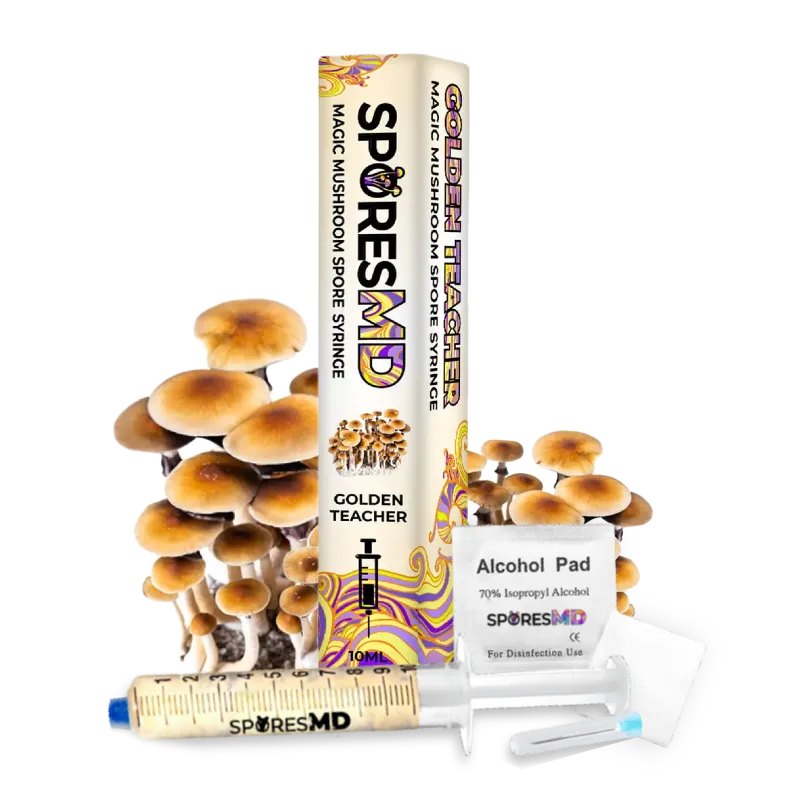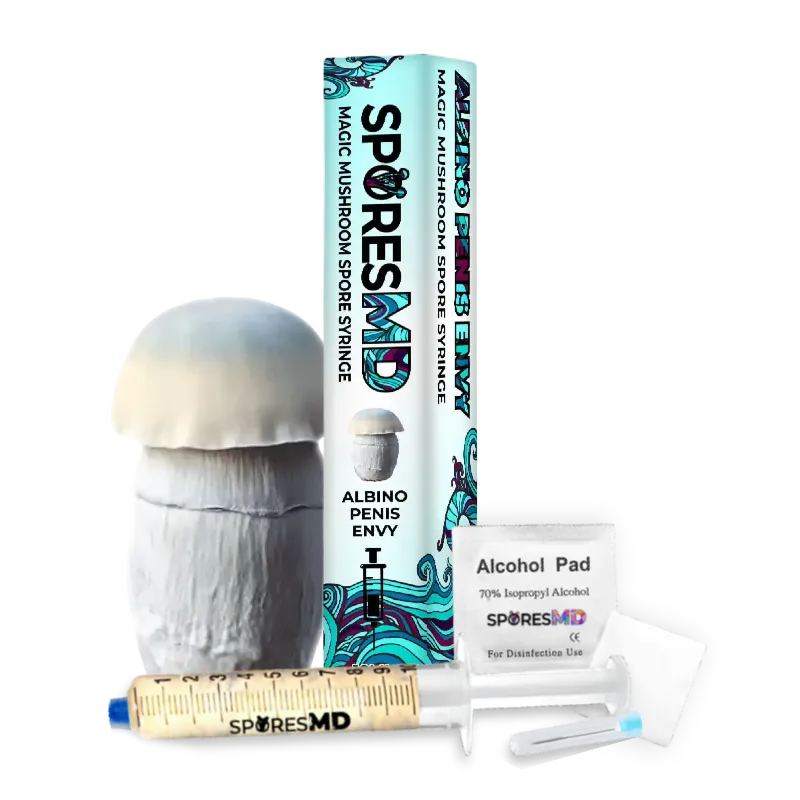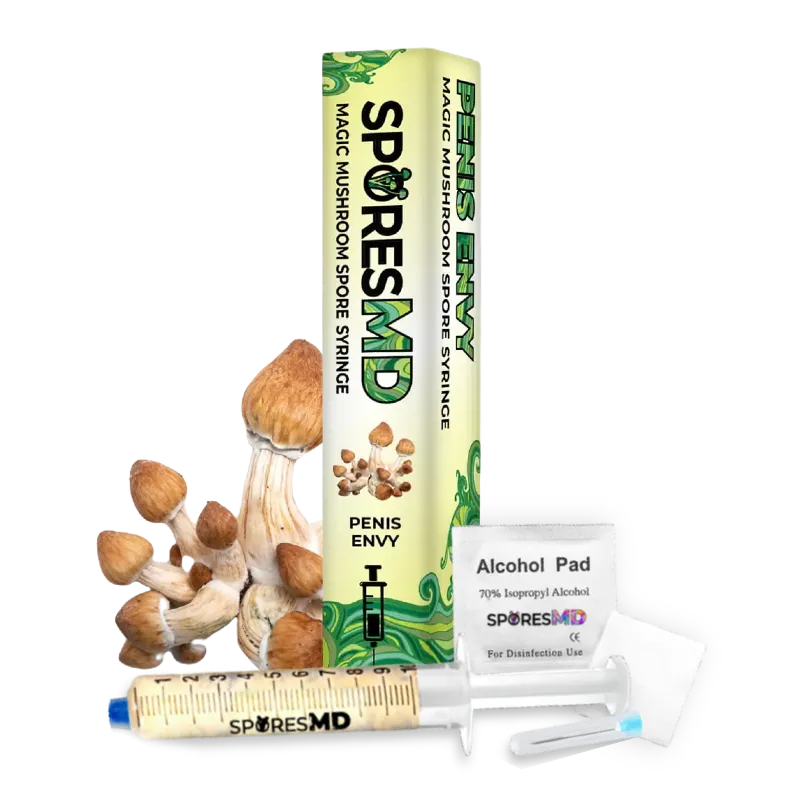Spreading mushroom spores is a fundamental step for enthusiasts and cultivators looking to grow their own mushrooms. Whether it’s for culinary, medicinal, or ecological purposes, understanding how to properly distribute mushroom spores is key to successful mushroom cultivation. Here, we’ll delve into the most effective methods for spreading mushroom spores, specifically focusing on the spore print and spore swab methods. Alongside these, we’ll also explore alternative techniques and the necessary conditions for optimal spore germination and mushroom growth.
Understanding Mushroom Spores Spreading
A Quick Overview
Mushroom spores are akin to seeds in the fungal world. They’re microscopic, making them invisible to the naked eye but crucial for mushroom propagation. Spreading these spores effectively is essential for cultivating mushrooms. Here, we dive into the specifics.
- Conditions for Spore Germination:
- Moisture: Essential for spore germination.
- Temperature: Varies based on the mushroom species.
- Substrate: Nutrient-rich soil, compost, or wood.
- Common Methods: Spore prints and spore swabs.
The Spore Print Method
An Effective Approach to Spreading Spores
The Spore Print Method is a traditional yet effective technique for mushroom cultivation. It involves collecting spores onto a piece of paper or glass.
- Steps for the Spore Print Method:
- Place a mushroom cap gills-down on paper.
- Cover with glass for 24 hours.
- Transfer spores to a growth medium.
Image Placeholder for Spore Print Process
Many cultivators favor this method for its simplicity and efficiency in collecting a large number of spores. For more details, explore resources at LoveTheGarden.
Preparing the Growth Medium
This involves creating a soil mix with decomposing manure or compost, ideal for mushroom growth.
| Ingredient | Purpose |
|---|---|
| Decomposing Manure | Adds nutrients and moisture |
| Compost | Provides a rich, organic base |
Recommended Read: Gardening Know How – Harvesting Mushroom Spores
The Spore Swab Method
A Precise Cultivation Technique
The Spore Swab Method allows for a more targeted approach to spreading spores, particularly useful for lab-based cultivation or selective breeding.
- Steps for the Spore Swab Method:
- Use a sterile cotton swab to collect spores from the gills.
- Streak the spores in an S pattern across an agar plate.
This method is particularly beneficial for those looking to cultivate specific strains or requiring a sterile environment for mushroom growth. For guidance on this technique, this YouTube tutorial is an invaluable resource.
Tools for the Spore Swab Method
Gathering the right tools is crucial for the spore swab method’s success.
| Tool | Purpose |
|---|---|
| Sterile Cotton Swab | Collects spores without contamination |
| Agar Plate | Provides a controlled environment for spore germination |
Further Reading: For a deep dive into mushroom spore spreading techniques including comprehensive guides and tutorials, consider checking out SporesMD for a variety of mushroom spore syringes.
Alternative Spreading Techniques
Enhancing Cultivation Success
Beyond the spore print and swab methods, other techniques can be used to spread spores effectively. These include spore syringes and outdoor spore slurry methods, which offer distinct advantages for different cultivation scenarios.
- spore syringes: Liquid solution of spores for easy application.
- Outdoor Spore Slurry: A mixture of spores, water, and a nutrient booster for outdoor cultivation.
Each method has its implications on the cultivation process, making it vital for cultivators to choose the technique best suited to their cultivation goals and conditions.
Creating Optimal Conditions for Mushroom Growth
Key Factors for Successful Cultivation
Creating the right environment is critical for mushroom spore germination and subsequent growth. This entails maintaining proper moisture levels, temperature, and substrate quality.
- Moisture: Keep the substrate consistently moist.
- Temperature: Adjust based on the mushroom species being cultivated.
- Substrate Quality: Ensure it is nutrient-rich and appropriate for the specific mushroom type.
Adhering to these conditions will significantly enhance the likelihood of successful mushroom cultivation, irrespective of the spreading method chosen.
In conclusion, spreading mushroom spores effectively is crucial for successful mushroom cultivation. By understanding and applying methods like the spore print and spore swab techniques and maintaining optimal growth conditions, cultivators can increase their chances of a fruitful harvest. For further information and resources on mushroom cultivation, visit SporesMD.
References:
- https://www.youtube.com/watch?v=URHWiiZDwmU
- https://www.lovethegarden.com/uk-en/article/how-grow-mushrooms
- https://www.reddit.com/r/MushroomGrowers/comments/labq7e/technique_possibly_dumb_question_can_i_spread/
- https://www.youtube.com/watch?v=pWTXHxz6vTQ
- https://www.gardeningknowhow.com/edible/vegetables/mushrooms/harvest-mushroom-spores.html





